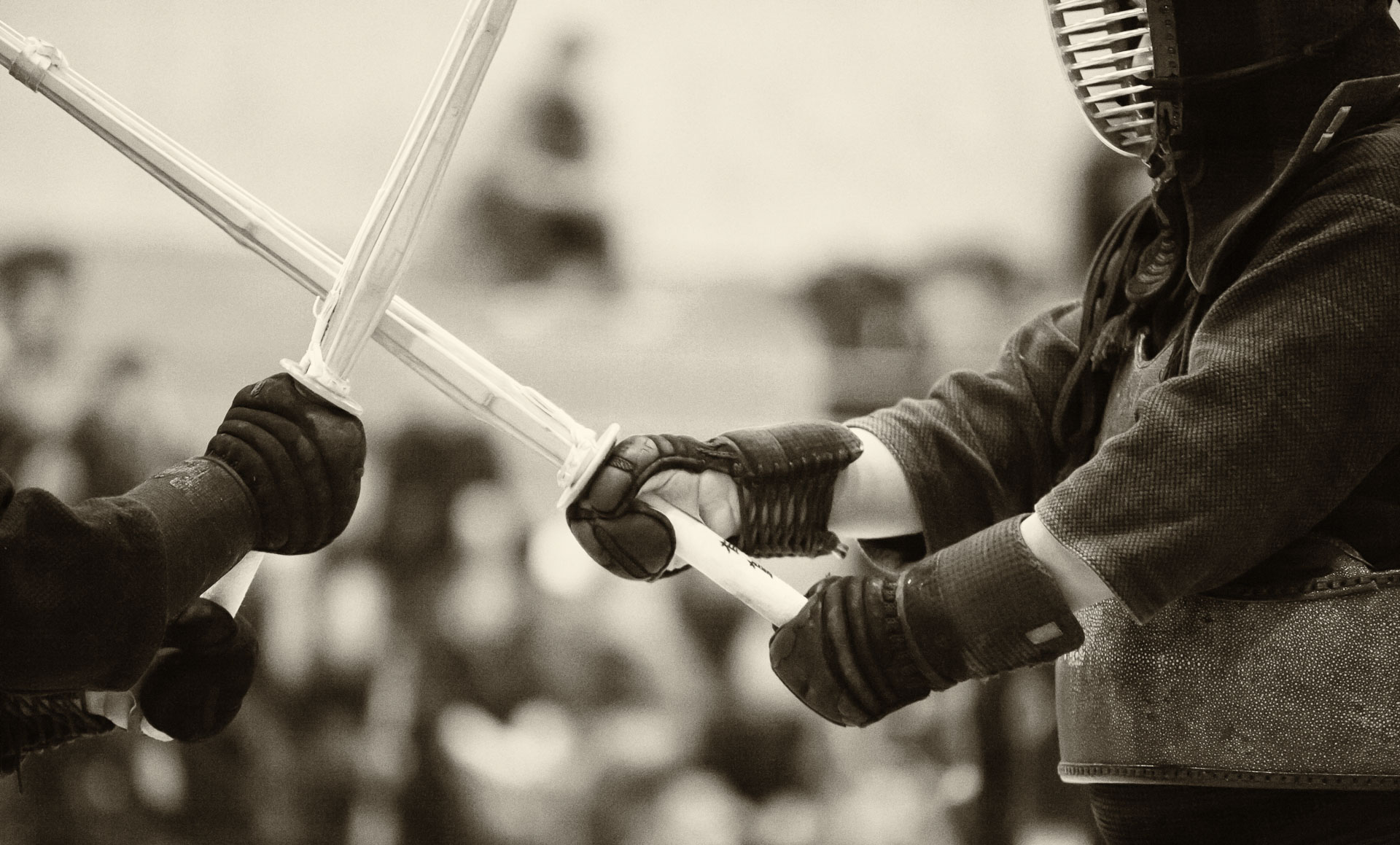
At the last tournament, I repeatedly tried to hit the opponent’s kote (lower arm just above the wrist), but judges gave me no ippons for any of the hits. I think this is because my strikes were not sharp enough. There is a particular quality of hits that’s needed to score points in kendo. It is not the force that counts, or even not the speed per se, although speed is important. It is precisely sharpness, snappiness of the hit. And I cannot do it at my current level. At least not consistently.
This presents a conundrum that applies beyond kendo to learning any new skill: how do you practice something that you cannot (correctly) do yet? If you practice using your current, incorrect, form, you risk reinforcing bad habits.
One option is to break down the skill into its constituent parts and work on them one-by-one before trying to connect them. This is how I work on the basics of violin-playing: First, work on the rhythm of a new song using a single open string. Second, get the left hand into position for playing correct notes without paying attention to rhythm or quality of sound. Third, focus on the sound quality (bow movement). Fourth, try to connect everything together and circle back to the rhythm.
In the case of a kote strike, however, the overall motion is already so short and simple that it doesn’t make sense to break it down further. But the overall quality of my kote hit is lacking, so something needs to be done. According to my sensei, the answer is to practice a different, but related, motion, which will eventually support and enable whatever you are trying to perform. In the case of the kote strike, the supporting exercise is matavari suburi – large-amplitude, straight swing of the shinai with maximum speed and an abrupt stop at the end of the swing. I’ve began doing it as my morning warm-up, but haven’t done enough yet to see any qualitative difference in my kote strikes. If anything, it will teach me not to over-extend my elbows at the end of a strike – something that’s annoyingly painful and potentially dangerous.
























